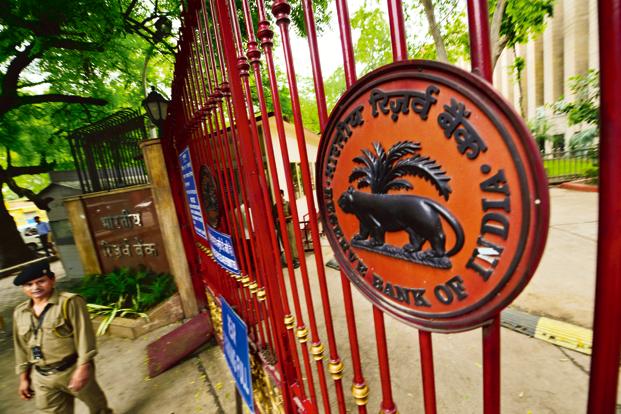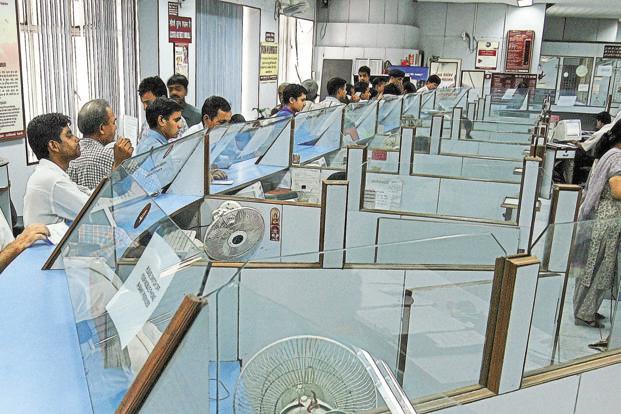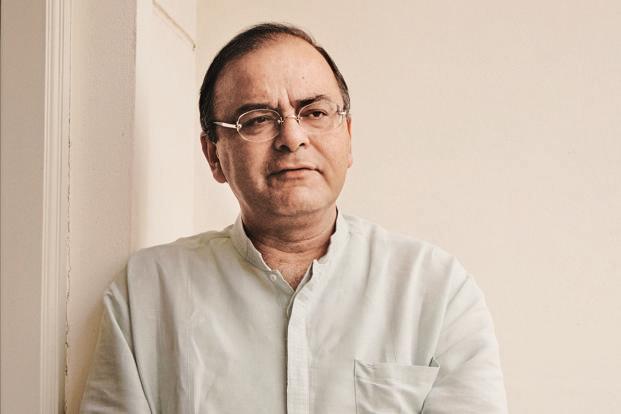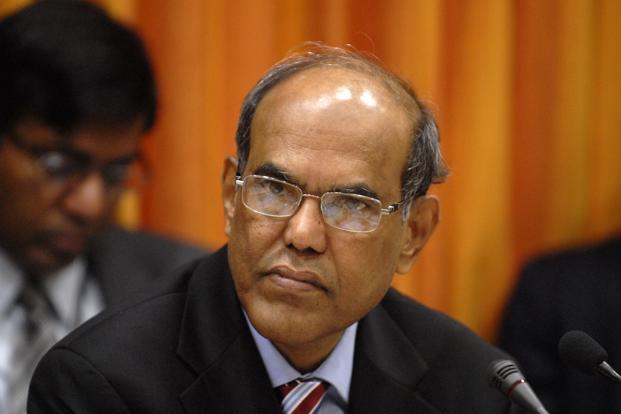Those who feel upset looking at the vacant top positions at state-owned banks, and wonder why a well-meaning government takes so long to fill the positions of chairmen, managing directors and chief executive officers, may find comfort from the fact that the government does not discriminate between commercial banks and the central bank of the nation.
While all attention is on the formation of the monetary policy committee (MPC), which will play a critical role in a new regime when Reserve Bank of India (RBI) is targeting inflation, nobody has probably noticed that the RBI board has turned into a skeleton with the terms of most of its members having ended in the past three months.
RBI’s affairs are governed by a central board of directors appointed by the government. A director’s term is for four years but many of them, in the past, have served several terms. Typically, they are nominated by a committee, and after the clearance of the government’s vigilance arm, such nominations are approved by the appointments committee of the cabinet—like any other senior appointment in the banking sector.
Indeed, it is a long-drawn process, but this cannot justify the current structure of the RBI board, which has just three members out of 14—if we leave out the governor, four deputy governors and two government officials.
Going by the RBI Act, the governor and not more than four deputy governors are full-time official directors on the board which typically meets six times a year. Apart from them, there are 10 non-official directors, nominated by the government “with expertise in various segments of the economy”, four other government-nominated directors to represent RBI’s four local boards in the east, west, north and south, and two representatives of the government.
Of the 10 non-official directors, there are only two now— ITC chairman Y.C. Deveshwar and academician Damodar Acharya. Two government officials—Ajay Tyagi and Anjuly Chib Duggal—are there, but out of four directors from the local boards, only one, from the east, is present on the central board now —Nachiket Mor, former executive director of ICICI Bank Ltd.
On the lines of the central board of directors, five members on each of the four local boards are nominated for a term of four years. Appointed by the central government, they advise the central board on local matters and “represent territorial and economic interests of local cooperative and indigenous banks”.
At the moment, there are three members on the eastern India local board, including Mor, while the other three boards are empty. Recently, the term of Kiran S. Karnik (who was on the local board of west India) and Anil Kakodkar (north) ended.
Indeed, the RBI board does not have any say in the central bank’s monetary policy, but it is not purely ornamental in nature. People of eminence, such as Y.H. Malegam, Dipankar Gupta, G.M. Rao, Ela Bhatt and Indira Rajaraman, were on the board till August and they ensure good governance at the central bank.
They also have a say in many critical areas, including vetting the final lists of entities that get RBI approval to start banks.
Besides, the board has many committees and sub-committees that play a crucial role in the functioning of the central bank.
For instance, Board for Financial Supervision (BFS), a committee of the central board, is tasked with consolidated supervision of the financial sector. It has four directors from the central board, each for a two-year term; it meets once a month to examine the inspection reports and deals with other supervisory issues. Through its audit sub-committee, BFS also aims to upgrade the quality of the statutory audit and internal audit in banks and financial institutions.
In a sense, BFS is the nerve centre of the central bank as it oversees the functioning of the department of banking supervision, department of non-banking supervision and financial institutions division and gives directions on regulatory and supervisory issues.
Similarly, there is Board for Payment and Settlement System.
Since a skeleton board cannot do justice to all its functions, one hopes that the government will take less time to clear the nominations of the directors of the RBI board than it usually takes to appoint a boss in a public-sector bank. Incidentally, the three-year term of Urjit Patel, the deputy governor in charge of monetary policy, will come to an end on 10 January. His predecessor Subir Gokarn’s term was extended by a month but he did not get a second term.
That, of course, does not mean that Patel too will not get another term. I am told a committee has already been formed to look into this.
Meanwhile, recent media reports suggest that the finance ministry and RBI have agreed on the composition of the MPC and that both the government and the central bank will have equal representation on it. People familiar with the development say the agreement is sealed and soon there will be changes in legislation to put the committee in place. It seems three members will be nominated by the government while the governor and two deputy governors will represent RBI on the committee.
The governor will not have the veto power but will have a casting vote. This means if there is a tie with three members each in favour or against a decision, the governor will have the final word. Indeed, Raghuram Rajan can be outvoted—something which happened to former Bank of England governor Mervyn King at his 194th and last MPC meeting in June 2013 when he could not expand the quantitative easing plan by another £25 billion, his last wish. But the arrangement at the MPC will ensure continuity, encourage multiple views and, instead of the governor alone, six people will have to deal with a nation’s collective obsession with rate cuts.



